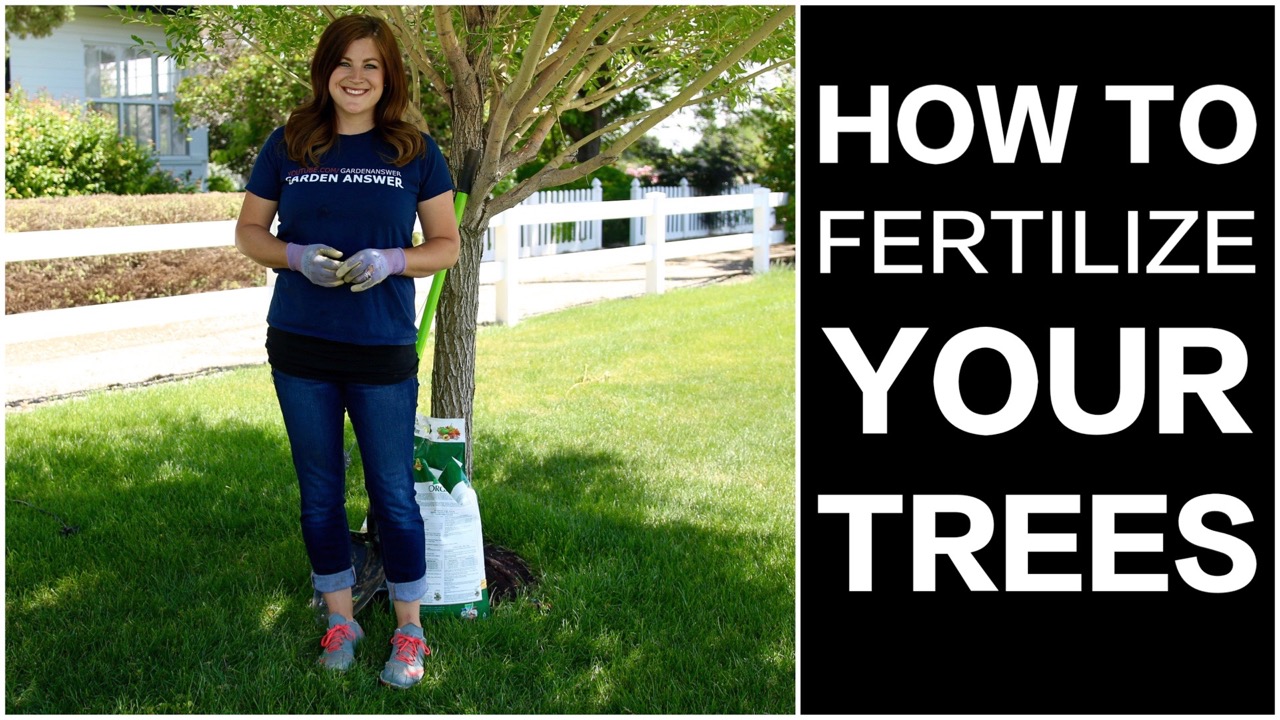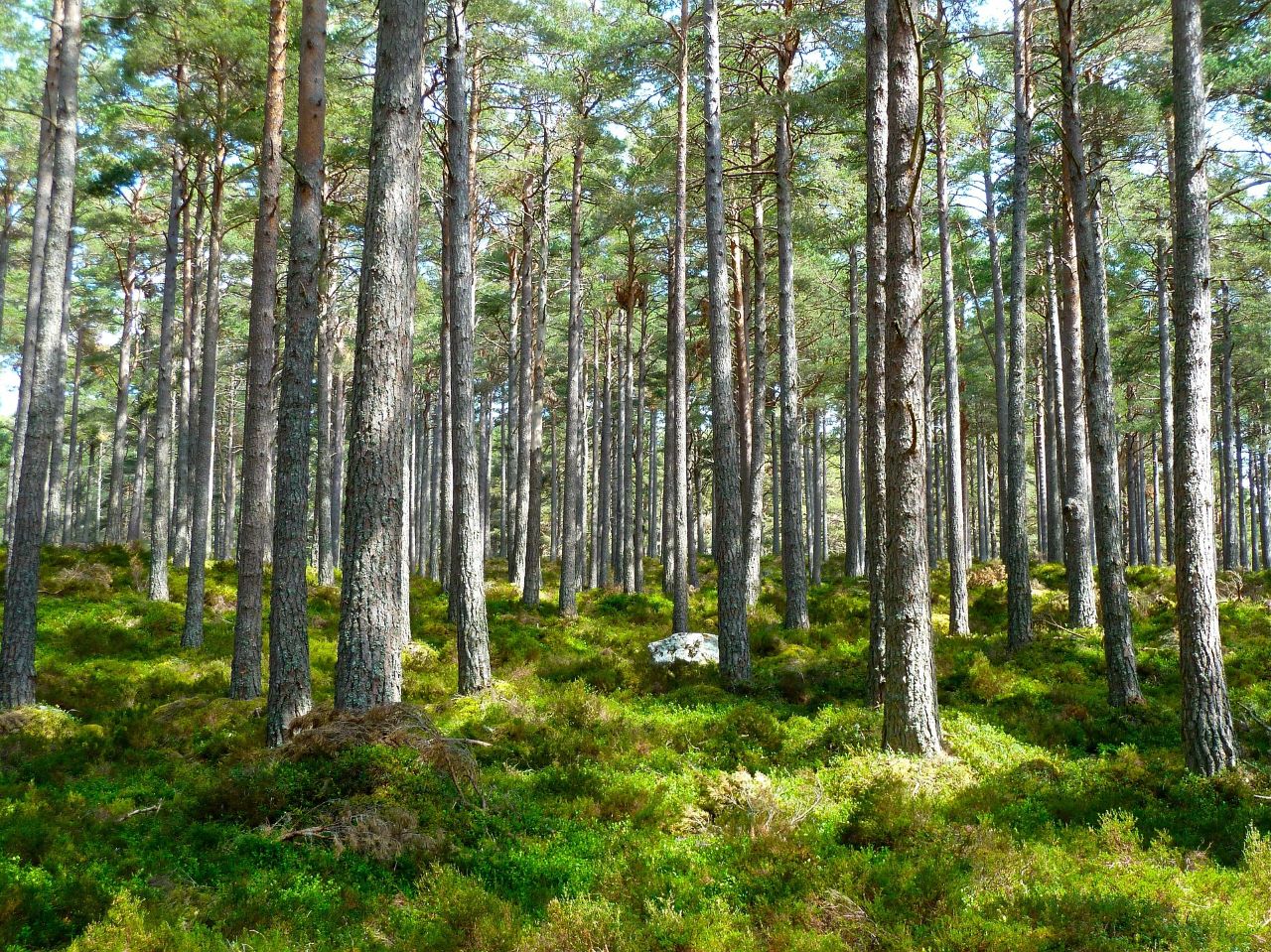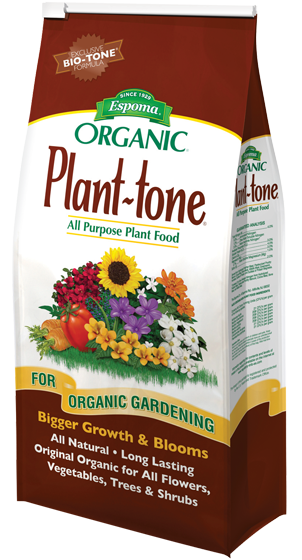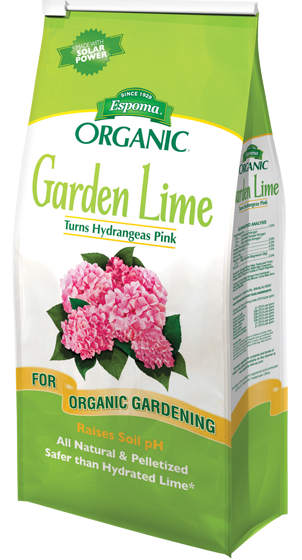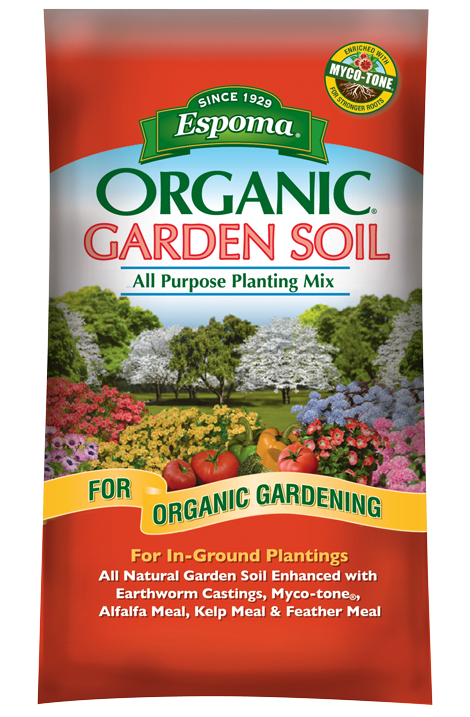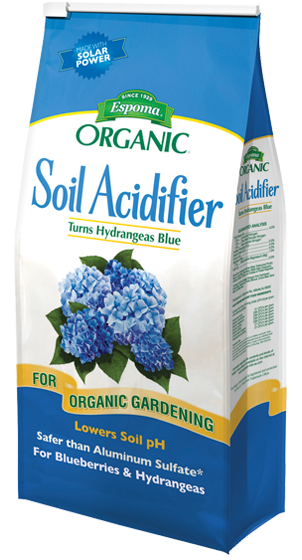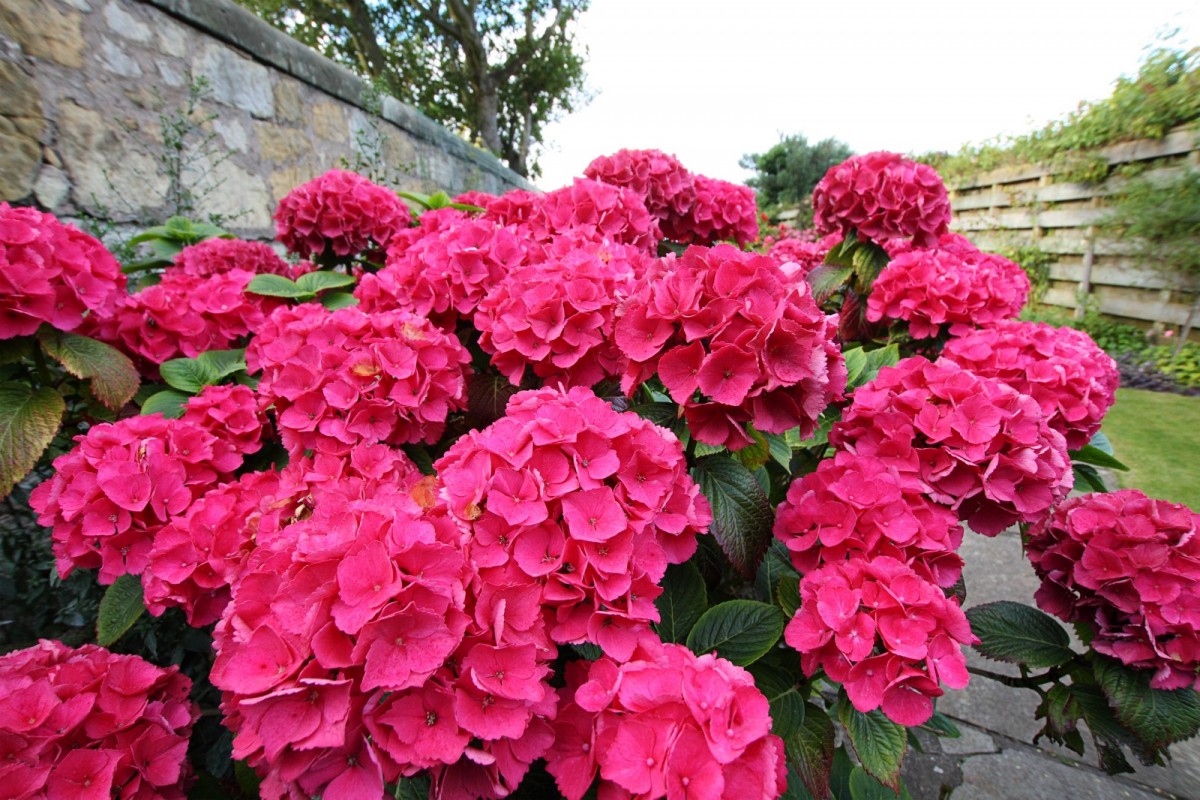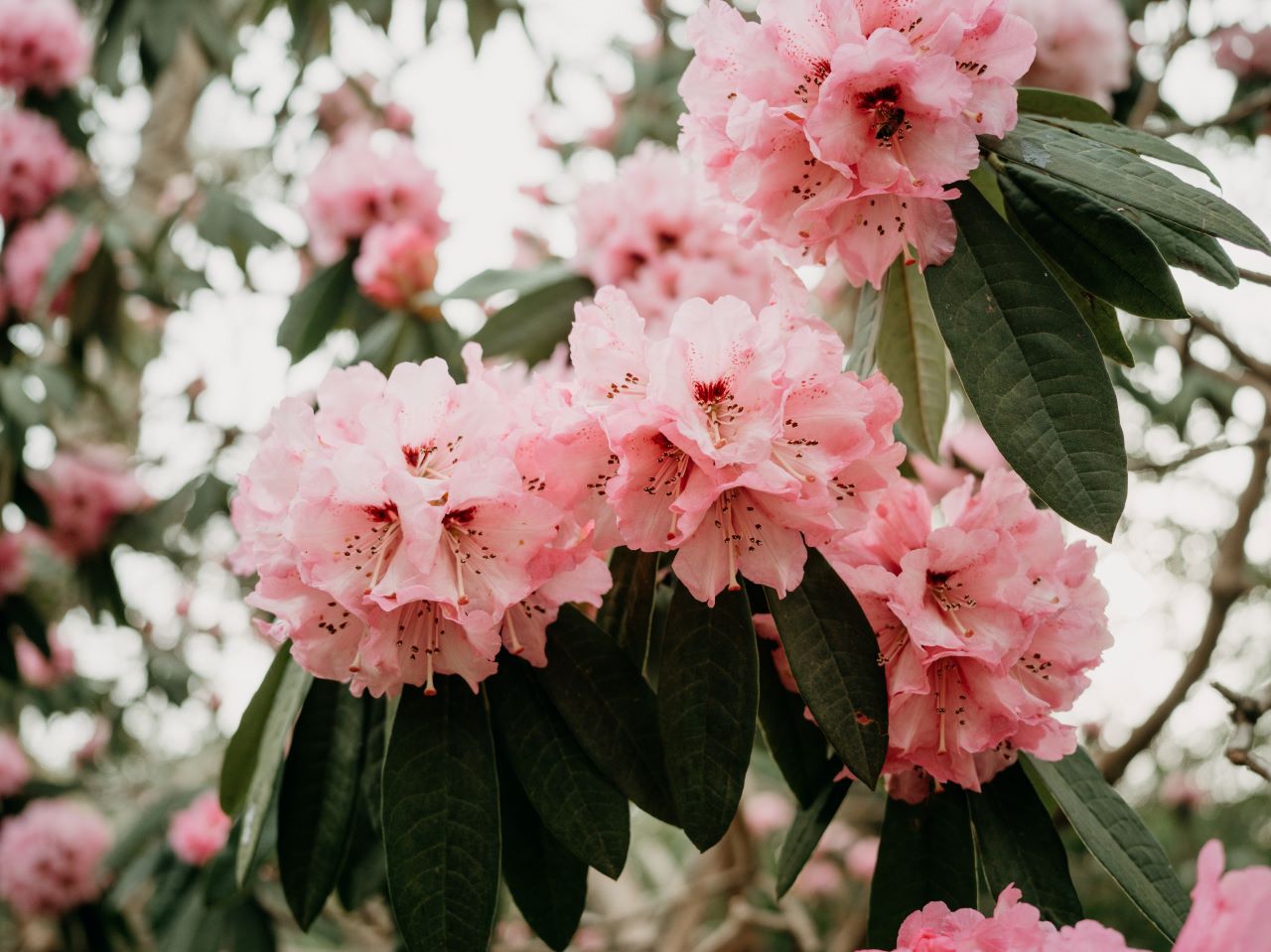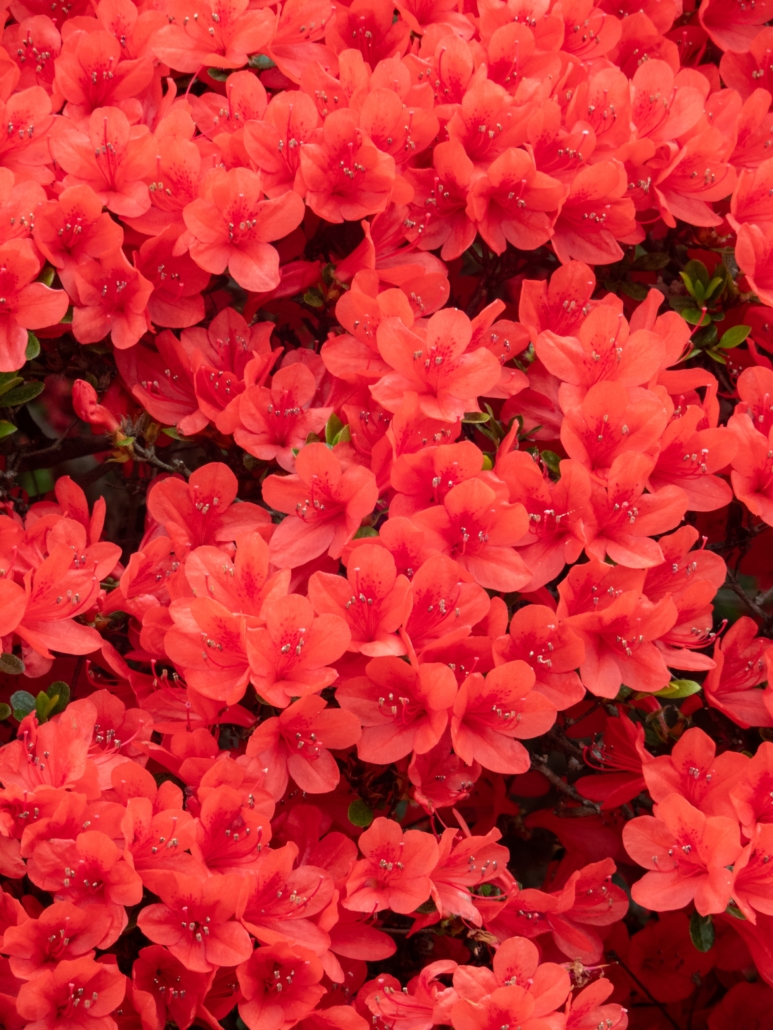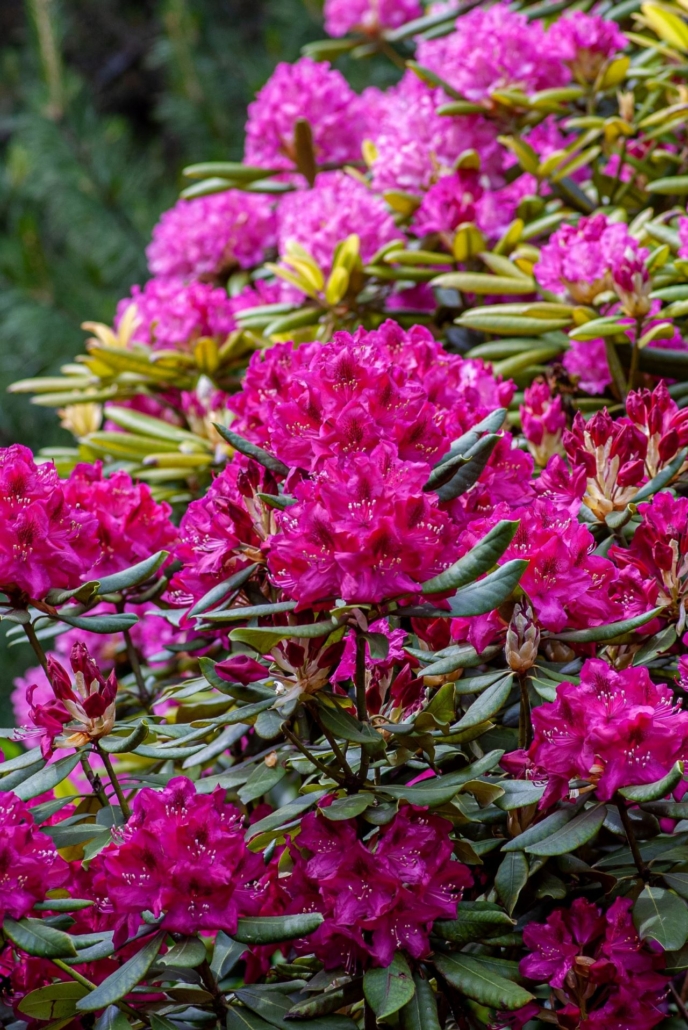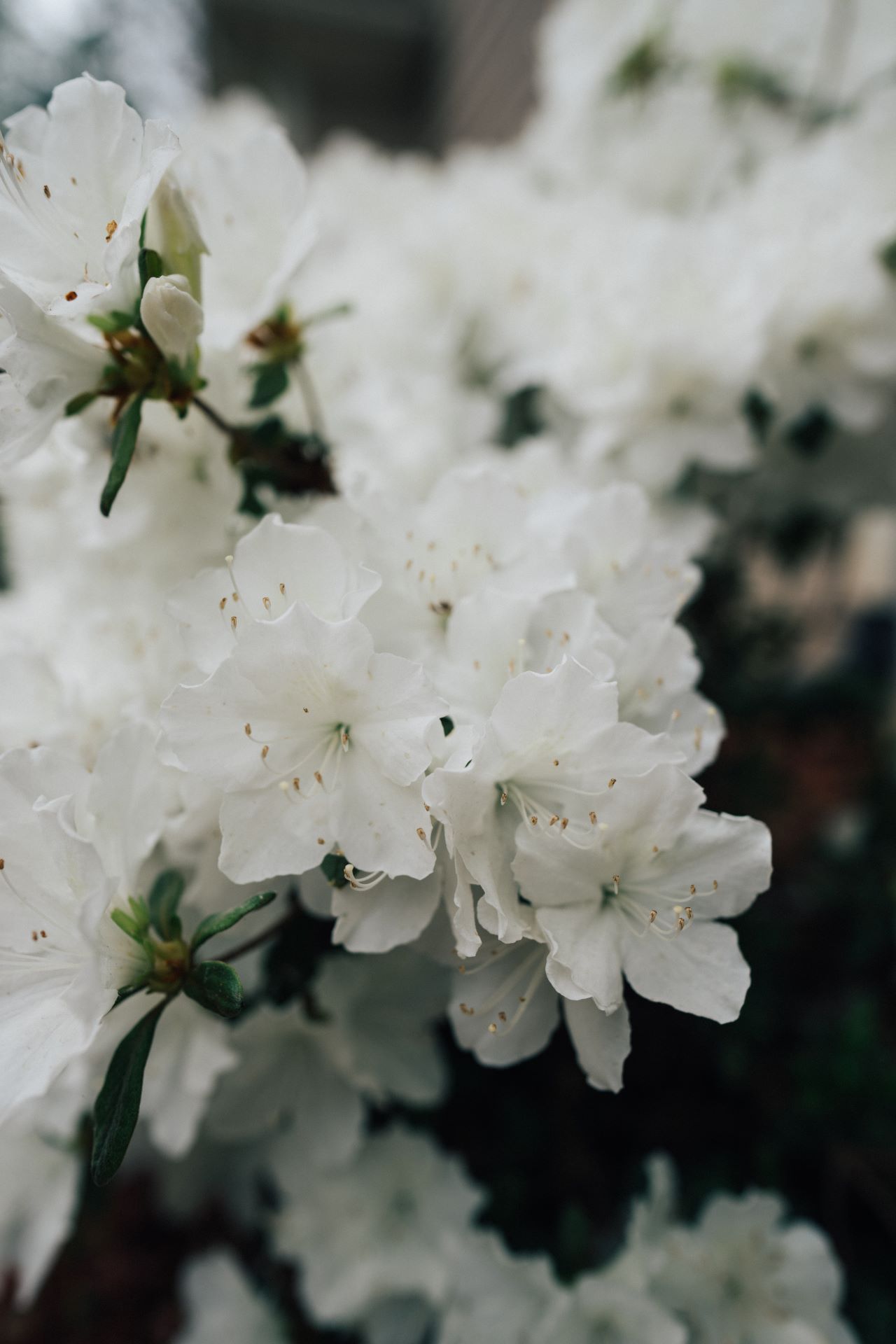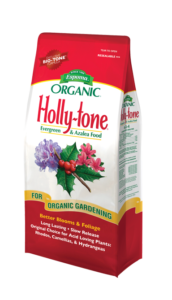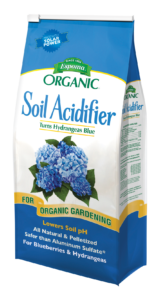Best Plants that Produce Fall Fruit
It’s easy to help your garden thrive when there is something beautiful to look at. Spring and summer seasons make this easy to do with their gorgeous floral blooms. Did you know that Autumn can have equally as attractive plants?
Even the simplest shrubs and trees make great additions to fall gardens, bonus points if there’s fall fruit involved. We’ve rounded up the top trees and shrubs that will provide year-round enjoyment and fresh fall fruit.
6 Trees and Shrubs with Fall Fruit
- Mountain Ash
This deciduous tree gets its name from the blue-green pinnate leaves and white flowers that bloom in the spring. Mountain ash truly dazzles in autumn, turning into a blazing purple and red. The white flowers transition to shiny pink berries that stands bright against its foliage. And despite the name, mountain-ash (Sorbus) are very different types of plants than ash and are not attacked by emerald ash borer. Hardy in Zones 4-7 and feed regularly with Tree-Tone for strong roots and trunk.
- Crabapple
Crabapple trees offer beautiful hues. Varieties can include colors of burgundy, purple, red, orange, green or yellow. As the crabapple transitions into autumn, the fruit really begins to show. It transitions well into the winter, when birds will happily take care of the fruit. Hardy in zones 4-7 and feed regularly with Tree-Tone for strong roots and trunk.
- Beauty Berry
While you might not think twice about this shrub in the spring or summer, it shines in autumn. Its tiny pink flowers transform into brilliant ruby-violet berries that stop people in their tracks. This autumn shrub will give your garden something to talk about. Hardy in zones 5-11. Use Plant-Tone for beautiful berries.
- Possumhaw
This tree may be small, but it certainly is mighty. Even after the foliage falls in the autumn, the bright red berries remain, making it look like a red flowering tree. The berries on this tree aren’t large, but they last through a cold winter – unless the birds get them first. The Possumhaw is tricky – it ‘prefers’ acid soils but can ‘tolerate’ alkaline. Hardy in zones 5-8 and feed regularly with Holly-Tone for strong roots and trunk.
- Teton Firethorn
Stunningly bright in the autumn and winter, this show stopping shrub is the perfect edition to your garden. Vibrant orange fruit pop out from behind the foliage. The fruit thickly covers top to bottom on this plant. This shrub is tall and typically used as a hedge. Hardy in zones 6-9 and feed regularly with Holly-tone for radiant blooms and fruit.
- Coralberry
This low-key shrub in the spring and summer saves it’s best for autumn and winter when the small yellow flowers transform into purple-red fruit clusters. They are shade tolerant and can last well into the winter. Hardy in zones 2-7 and feed regularly with Plant-Tone for gorgeous blooms and tasty berries.
Want to know how to fertilize trees and shrubs? Let Laura from Garden Answer show you how!

